Deck & Commander Strategies
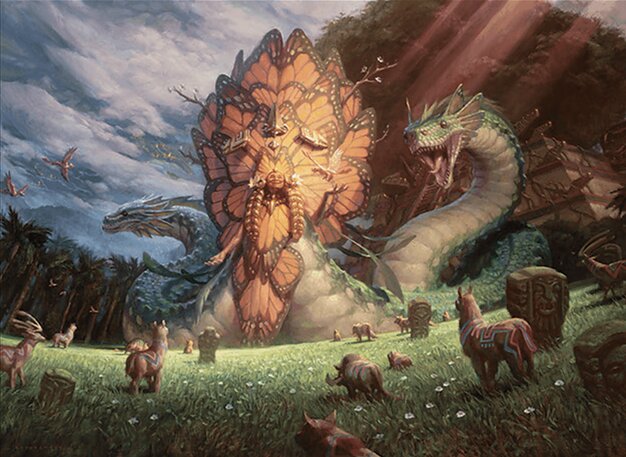
Ojer Kaslem, Deepest Growth
Ramp mana and leverage combat damage to reveal and cast big creatures, while generating extra lands and value to outpace opponents.
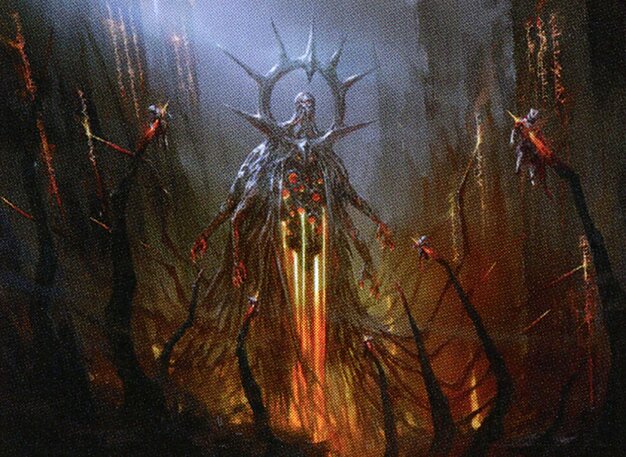
Solphim, Mayhem Dominus
Double non-combat damage dealt to opponents or their permanents, using burn spells and treasure generation to close out the game quickly.
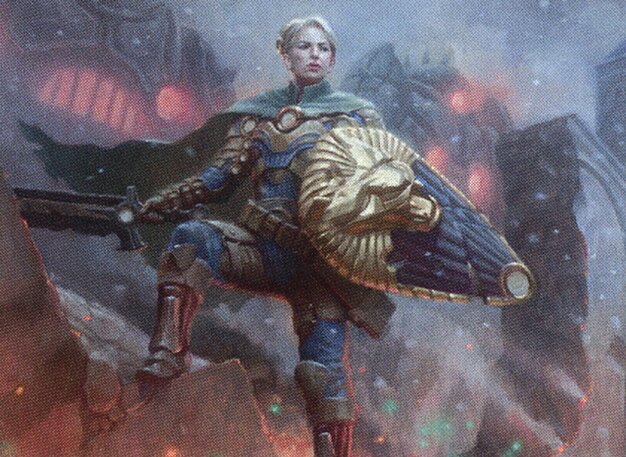
Myrel, Shield of Argive
Go wide with soldier tokens, creating a large army to deal massive combat damage and disrupt opponents' ability to cast spells or activate abilities during attacks.

Aclazotz, Deepest Betrayal
Force opponents to discard cards to generate bats and zombies, punishing discard with incremental damage and board presence to control the table.
Gameplay Insights
- 1
Myrel's attacks created numerous soldier tokens, which not only pushed large amounts of damage but also locked down opponents from casting or activating many spells during combat.
- 2
Solphim's ability to double non-combat damage combined with treasure generation created powerful synergies that rewarded aggressive spellcasting and mana investment.
- 3
Aclazotz's discard strategy was amplified by cards like Waste Knot and Megrim, punishing opponents with damage and tokens whenever they discarded cards, increasing pressure incrementally.
- 4
Players frequently chose not to pay the two-mana cost to prevent treasure generation, allowing the board state to ramp quickly and escalate threats.
- 5
The use of removal like Lauren of the Third Path to destroy artifacts or enchantments helped manage opponent threats while maintaining board presence.
- 6
Treasure tokens were a critical resource for accelerating mana and enabling multiple spells per turn, fueling aggressive strategies and combos.
Notable Cards
-

Myrel, Shield of Argive
-

Solphim, Mayhem Dominus
-
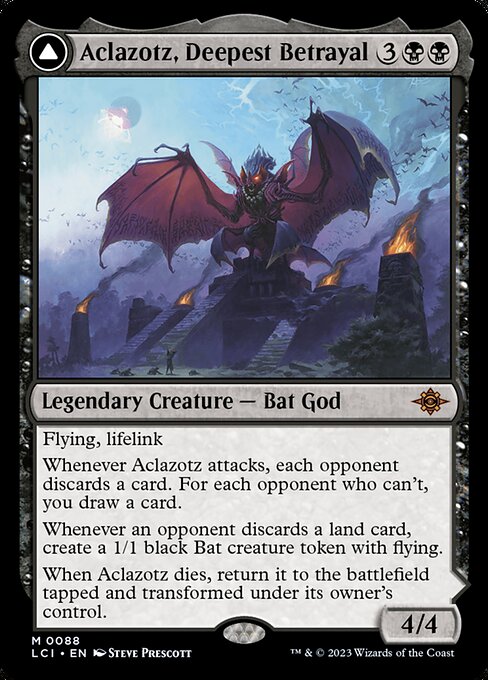
Aclazotz, Deepest Betrayal // Temple of the Dead
-

Ojer Kaslem, Deepest Growth // Temple of Cultivation
-
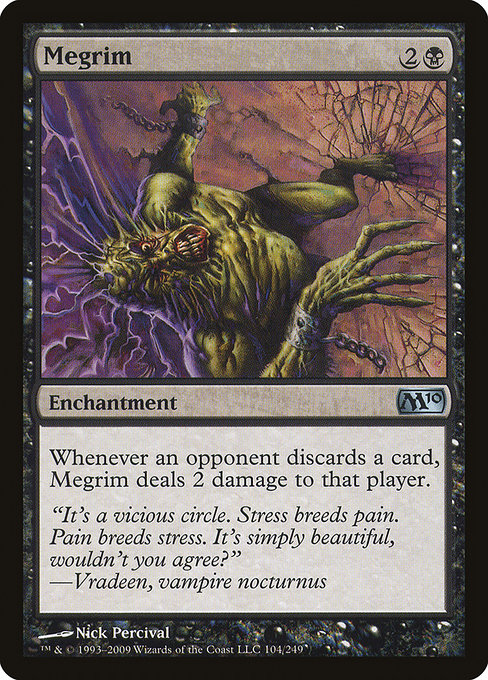
Megrim
-
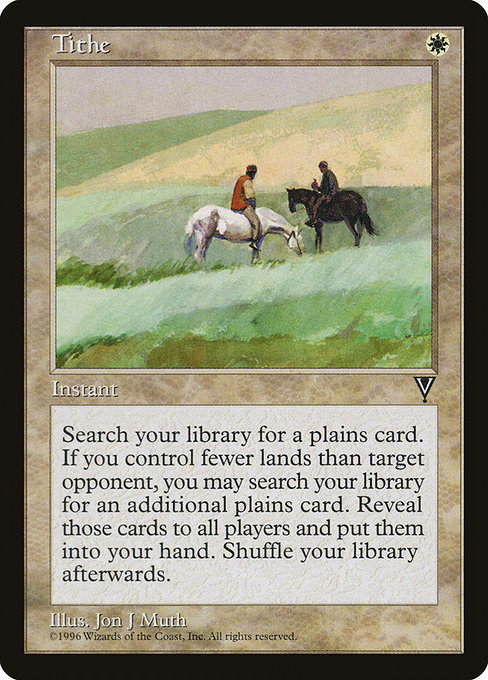
Tithe
-

Arcane Signet
-
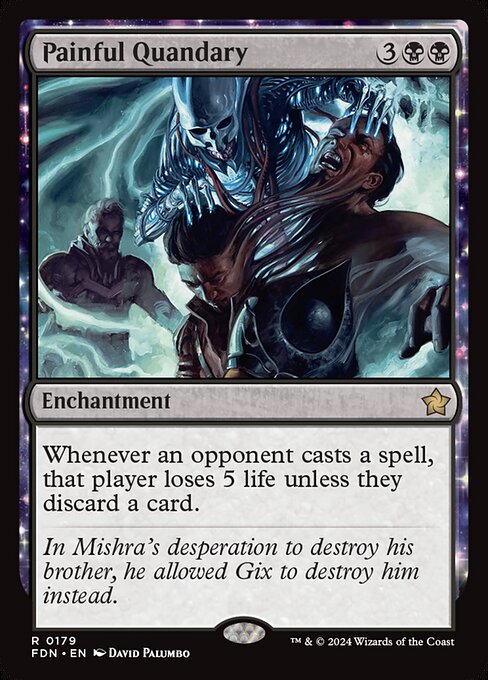
Painful Quandary
-
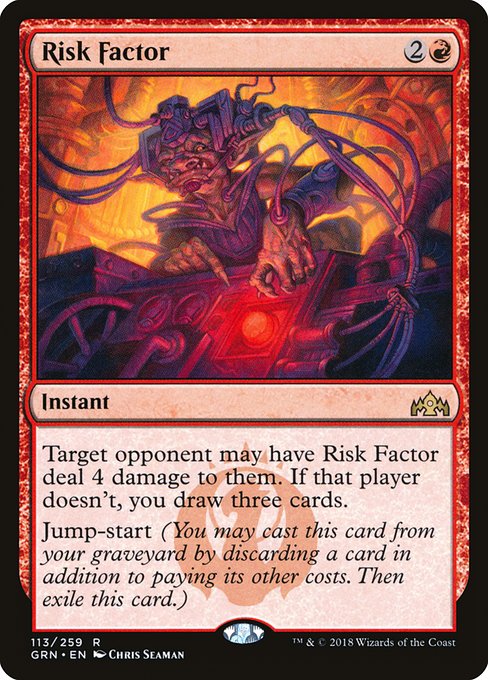
Risk Factor
-
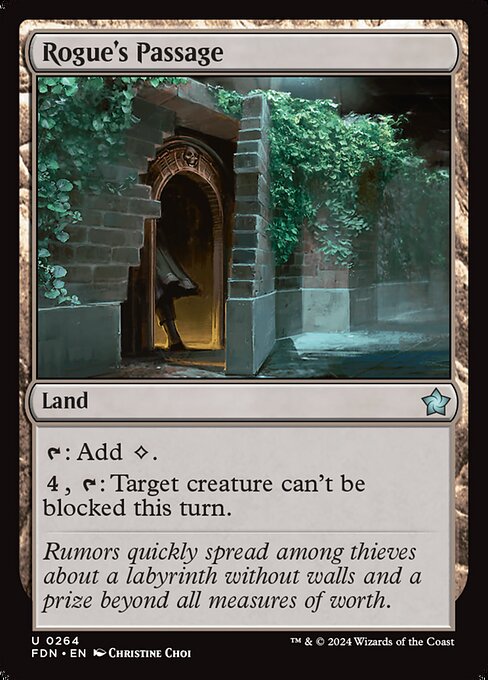
Rogue's Passage
Gameplay Summary
The game began with players focusing on their mono-color themed decks, each pursuing distinct strategies.
Ojer Kaslem aimed to ramp mana and get big creatures through combat damage, while Solphim sought to double non-combat damage and close out the game with powerful burn spells and treasure generation.
Myrel's deck went wide with soldier tokens, leveraging wide board presence to deal massive combat damage.
Aclazotz applied pressure through discard effects, punishing players when they discarded cards and generating bats and zombies to chip away at opponents.
Early turns involved ramping mana, setting up key creatures, and generating treasures through historic spells and combat damage triggers.
Key turning points included Myrel's wide board of soldier tokens, which created a formidable combat threat and prevented opponents from casting spells or activating abilities of artifacts, creatures, or enchantments during its attacks.
Solphim boosted his board presence with indestructible counters and double strike, creating a dangerous attacker that generated extra treasures on hits.
Meanwhile, Aclazotz's discard strategy combined with cards like Waste Knot and Megrim inflicted incremental damage and board presence that slowly whittled down opponents.
The game featured intense interactions around paying costs to avoid treasure creation and damage doubling, with players carefully managing resources to maintain tempo and control.
The win condition revolved around either overwhelming opponents through combat damage with token armies or finishing them with doubled non-combat damage combined with treasure-generated spells.





















![Who's The Beatdown??? ft. Edgar Markov, Myrel, Akiri, and Zhulodok [EDH/Commander Gameplay 2023] thumbnail](https://i.ytimg.com/vi/r3Qv0YB6ypw/sddefault.jpg)














